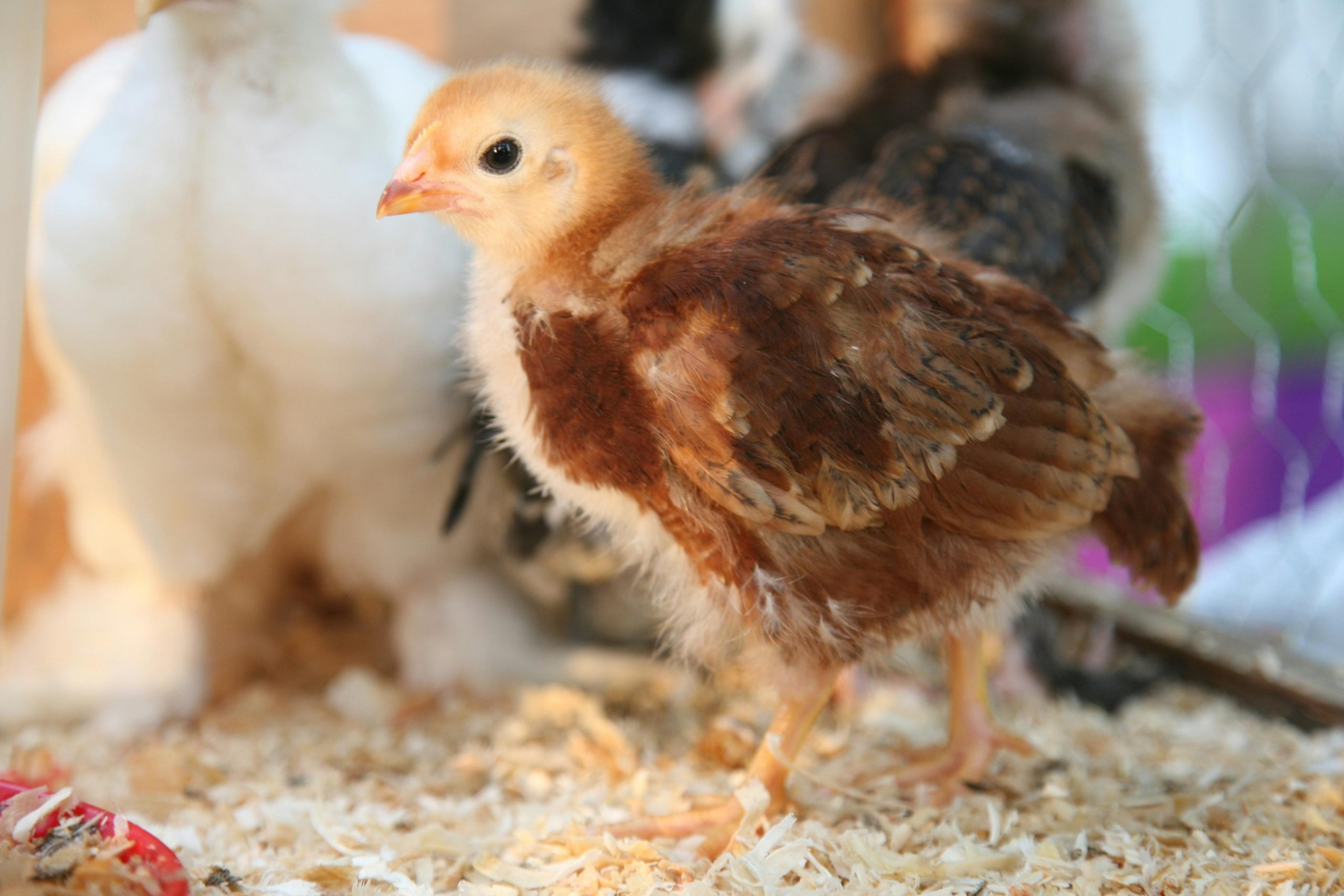Could This Unfamiliar Bird Be Someone’s Lost Pet? A Closer Look at Urban Encounters
This morning, I experienced an unusual sighting on my balcony that has left me pondering. Instead of the typical pigeons that frequent this area, a different bird appeared, capturing my attention and curiosity. Its presence was not only unexpected but also seemed to suggest that it may have once been a domesticated pet.
Having lived in London for several years, I am accustomed to the city’s regular avian visitors—mainly pigeons, sparrows, and occasionally some starlings. However, this particular bird stood out due to its appearance and behavior. Unlike the typical city fliers, it seemed quite comfortable around humans and displayed a marked curiosity rather than fear. It approached me closely, watching intently, which is uncharacteristic of wild birds in this urban environment.
Such encounters raise questions about the origins of this bird. Could it be a lost pet that somehow escaped or was abandoned? Its demeanor suggests it might have been accustomed to human interaction. If that’s the case, it may require help or guidance to find its way back to its owner or a safe environment.
Urban wildlife encounters like this highlight the importance of being attentive and considerate. If you ever come across a bird that seems unusually tame or out of place, consider checking for identifying features or markings, and reaching out to local animal rescue organizations or bird rehabilitators for advice.
Have you ever encountered a similar situation? Do you think this bird could be someone’s lost pet? Your insights and experiences could be valuable in ensuring this little visitor gets the care or assistance it needs.


London’s Urban Environment and Domestic-Wildlife Interface
What a thoughtful observation about this unusual bird! As a resident of London, I’ve seen firsthand how our city’s diverse environment sometimes blurs the lines between wild and domesticated animals. Urban birds like pigeons and sparrows are common, but encounters with more tame or curious species often indicate they may have been socialized or even lost pets.
It’s important to remember that some abandoned or escaped domesticated birds can adapt surprisingly well to city life, especially if they receive human interaction from a young age. Their behavior—approaching humans and seeming comfortable—can sometimes be a sign of prior domestication.
To help identify whether this bird is indeed a lost pet, consider:
Supporting such a vulnerable visitor is commendable. Additionally, contacting organizations like the RSPCA or local bird rescue services can provide expert advice on how best to assist or locate its owner. Sometimes, social media groups dedicated to lost and found pets in London can also help reunite animals with their families.
Eng
Londoner Perspective on Urban Bird Encounters
What a compelling observation! As a long-time resident of London, I’ve noticed that urban wildlife can sometimes blur the lines between wild and domesticated animals, especially in a city teeming with diverse species and pet owners.
In many cases, birds like this one may indeed be escapees or abandoned pets, particularly if they exhibit familiarity with humans and relax in human environments. It’s worth noting that some owners keep birds like parrots or budgerigars with the hope they might adapt to outdoor settings, only for them to become disoriented or lost.
If you come across a bird that appears to be a pet, here are some practical steps to consider:
This scenario reminds us of the importance of responsible pet ownership, especially with birds, which can be quite vulnerable outside their familiar environments. It’s heartening to see community members like yourself showing concern and taking proactive steps to help urban wildlife. Let’s keep sharing our experiences to